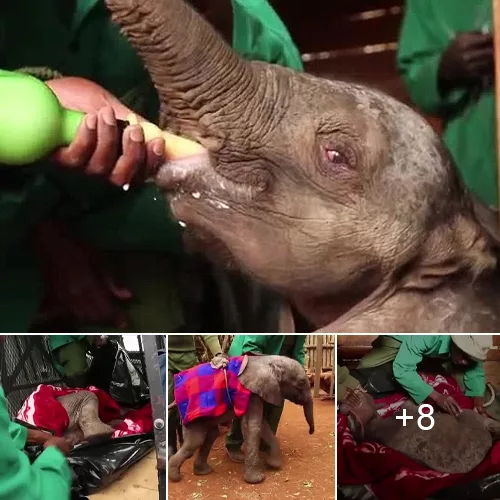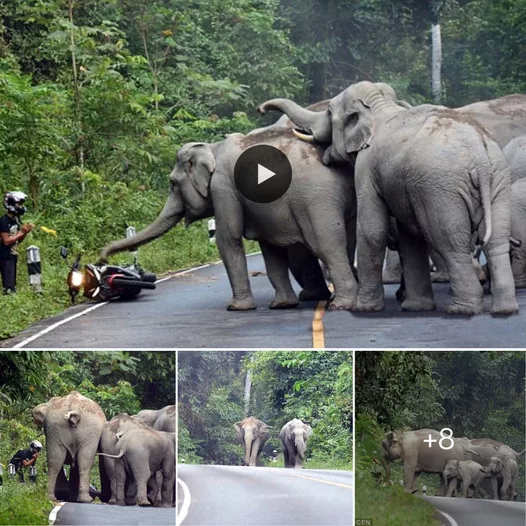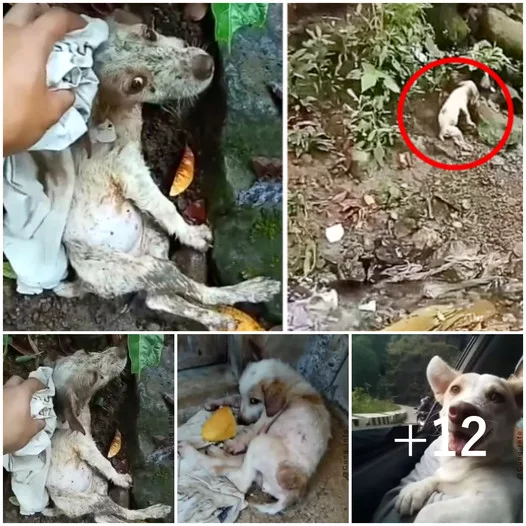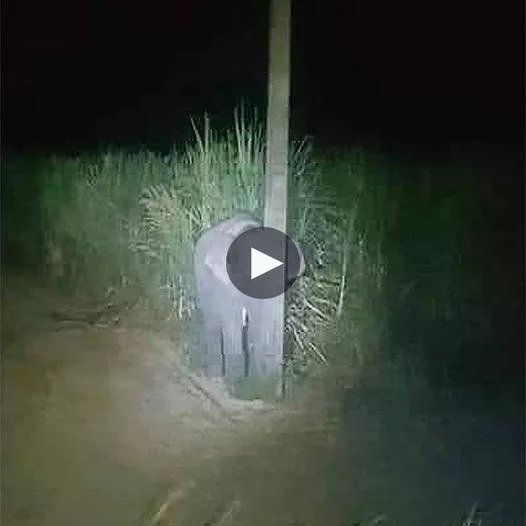The Horned Viper – No Choice but to Defend Itself from its Predator, the Sand Cat
The Horned Viper is a fascinating and unique species of snake that is found in the sandy deserts of North Africa and the Middle East. With its two small horns on its head, the Horned Viper is easily recognizable and has become somewhat of an icon for the desert ecosystem. Despite its intimidating appearance, the Horned Viper has no choice but to rely on its defense mechanisms to protect itself from its predator, the Sand Cat.
The Sand Cat is a highly respected predator in the desert, known for its agility and skill in hunting small prey. Although the Horned Viper is venomous, it is not immune to the Sand Cat’s attacks, and therefore must rely on its unique features to defend itself. When threatened by the Sand Cat, the Horned Viper will immediately use its horns to burrow into the sand and disappear from sight. It is also capable of camouflaging itself with the surrounding sand, making it difficult for the Sand Cat to locate it. If the Sand Cat manages to find the Horned Viper, the snake will use its venomous bite as a last resort to defend itself.
The Horned Viper’s venom is not lethal to humans, but it can cause severe pain, swelling, and tissue damage. Therefore, it is important for humans to avoid contact with the Horned Viper and other venomous snakes. Despite its venomous nature, the Horned Viper is essential to the desert ecosystem and plays an important role in controlling rodent populations. Without the Horned Viper and other venomous snakes, the desert ecosystem would be overrun with rodents, which can cause damage to crops and spread diseases.
The Horned Viper has evolved over time to survive in the harsh desert environment. Its horns are a testament to its unique adaptation to the conditions of the desert. The Horned Viper is not an aggressive snake and only bites when it feels threatened. It is important to remember that the Horned Viper and other venomous snakes play an important role in the ecosystem by controlling rodent populations, which can cause damage to crops and spread diseases.
While the Sand Cat is a formidable predator, it is important to remember that all animals have their own role to play in the ecosystem. The Horned Viper and the Sand Cat are both important parts of the desert ecosystem, and their survival is crucial to maintaining a healthy balance. It is the responsibility of humans to respect and protect the delicate balance of nature in the desert and to avoid disturbing or harming these important species.
In conclusion, the Horned Viper’s horns are not just a unique feature, but a vital adaptation for survival in the desert. While the Sand Cat poses a threat to the Horned Viper, both animals play important roles in the ecosystem and should be respected and protected. By doing so, we can ensure the survival of these fascinating species for generations to come. It is our responsibility to preserve the delicate balance of nature in the desert and to appreciate the unique and important roles that each animal plays in this ecosystem.



